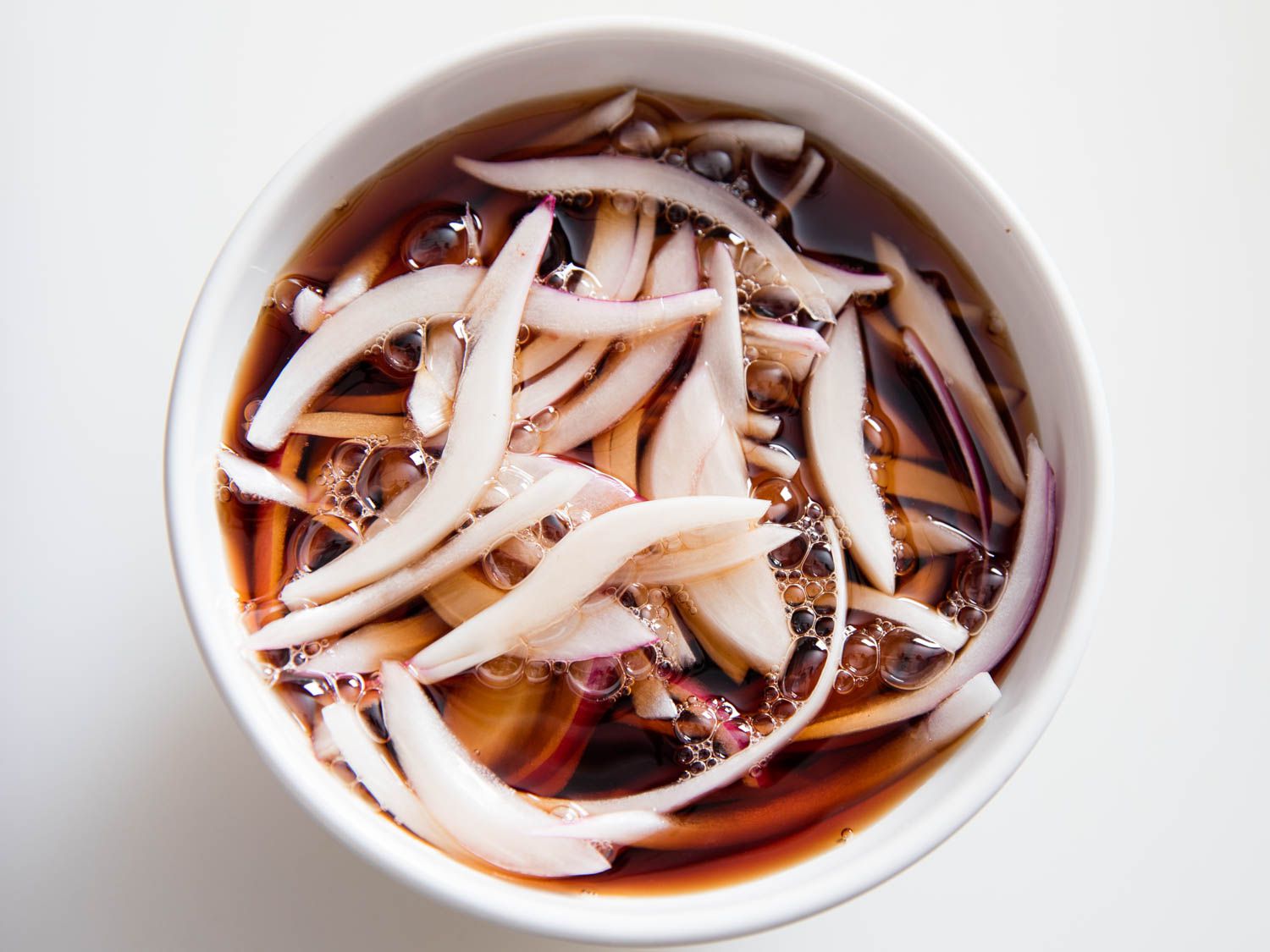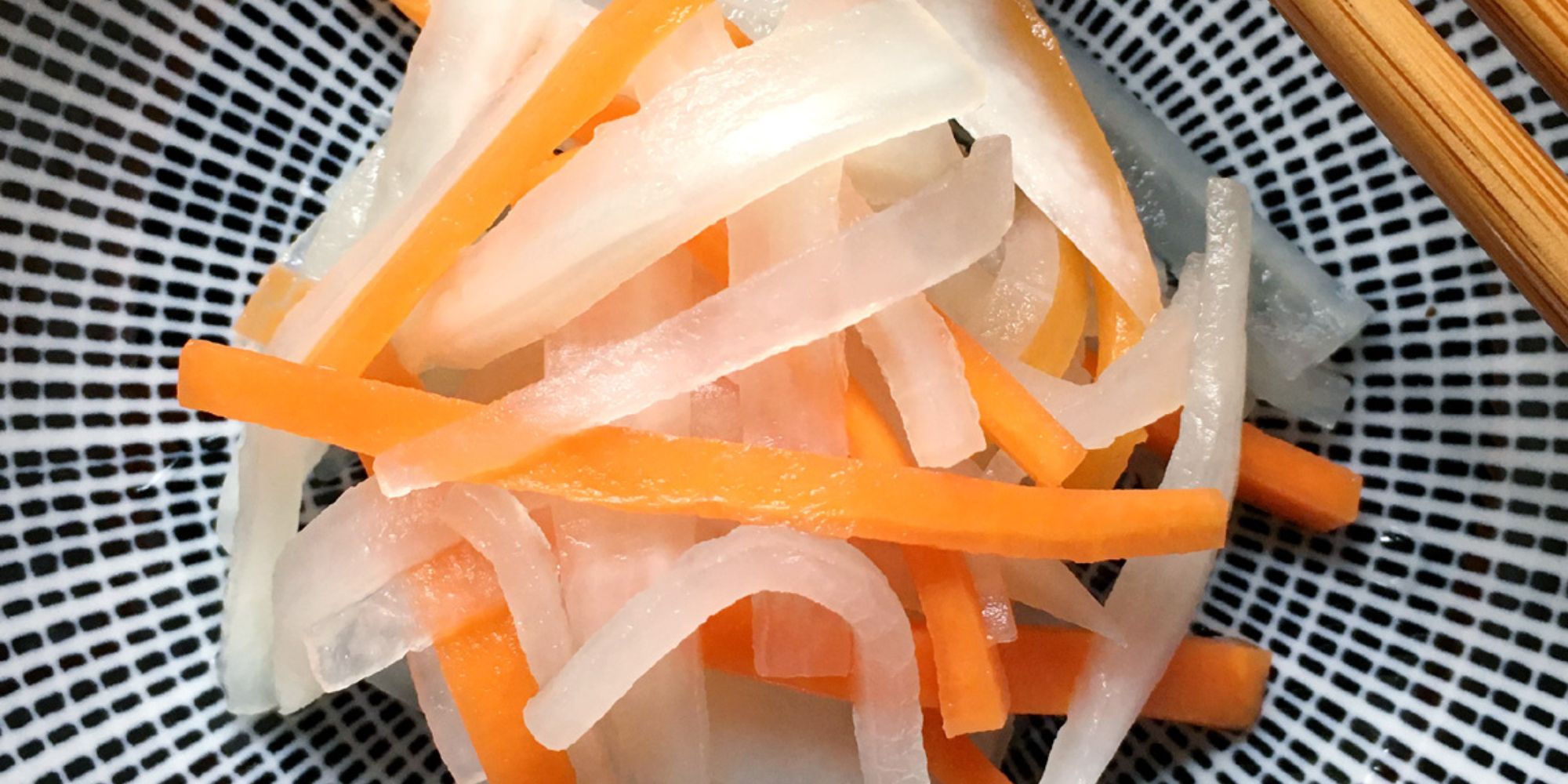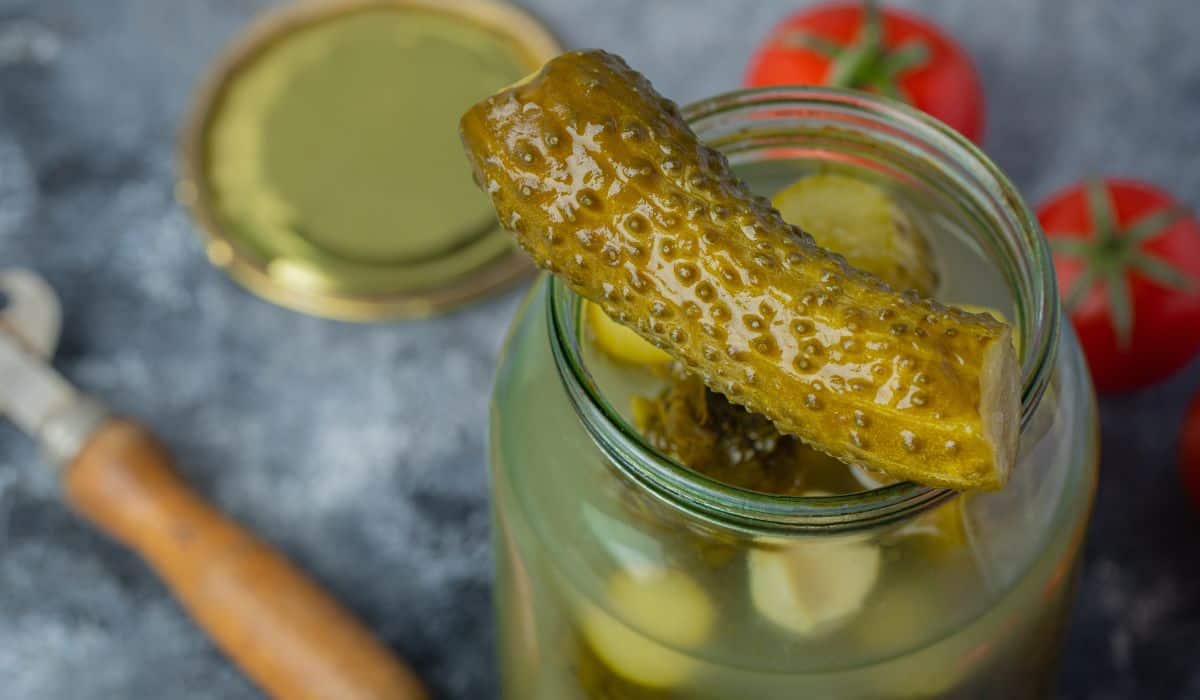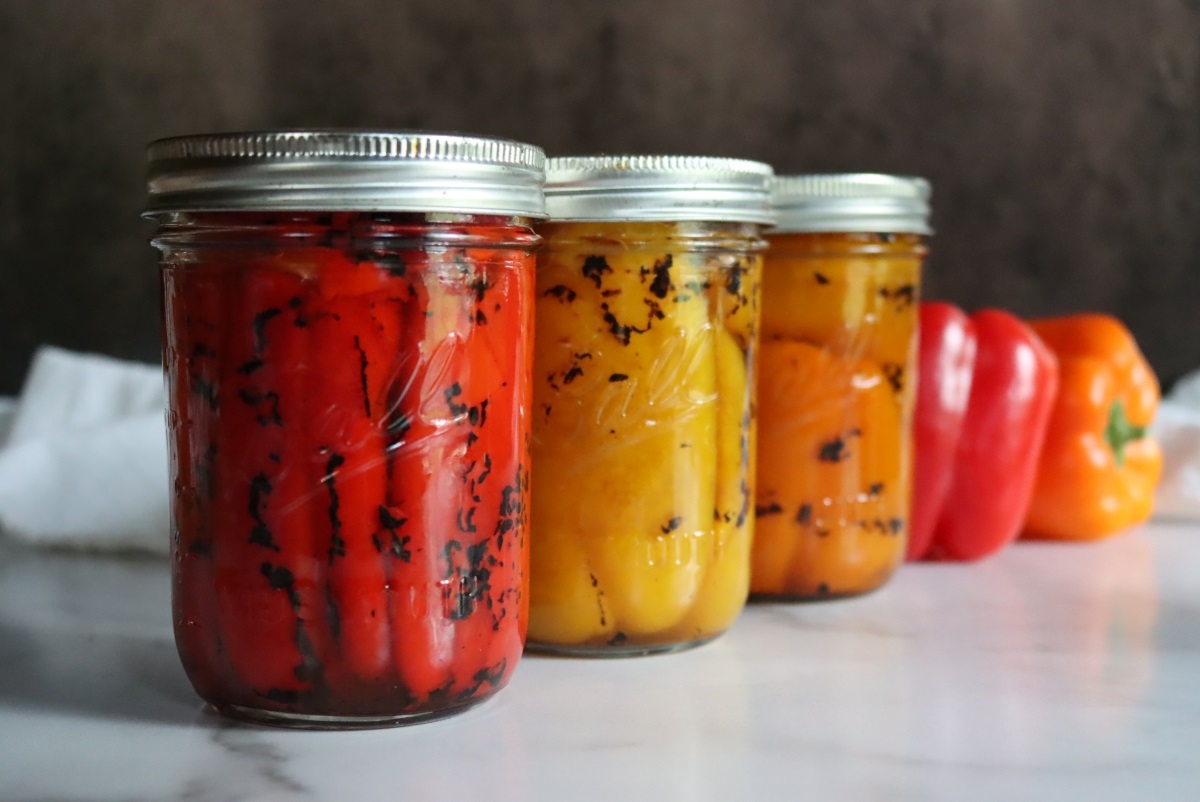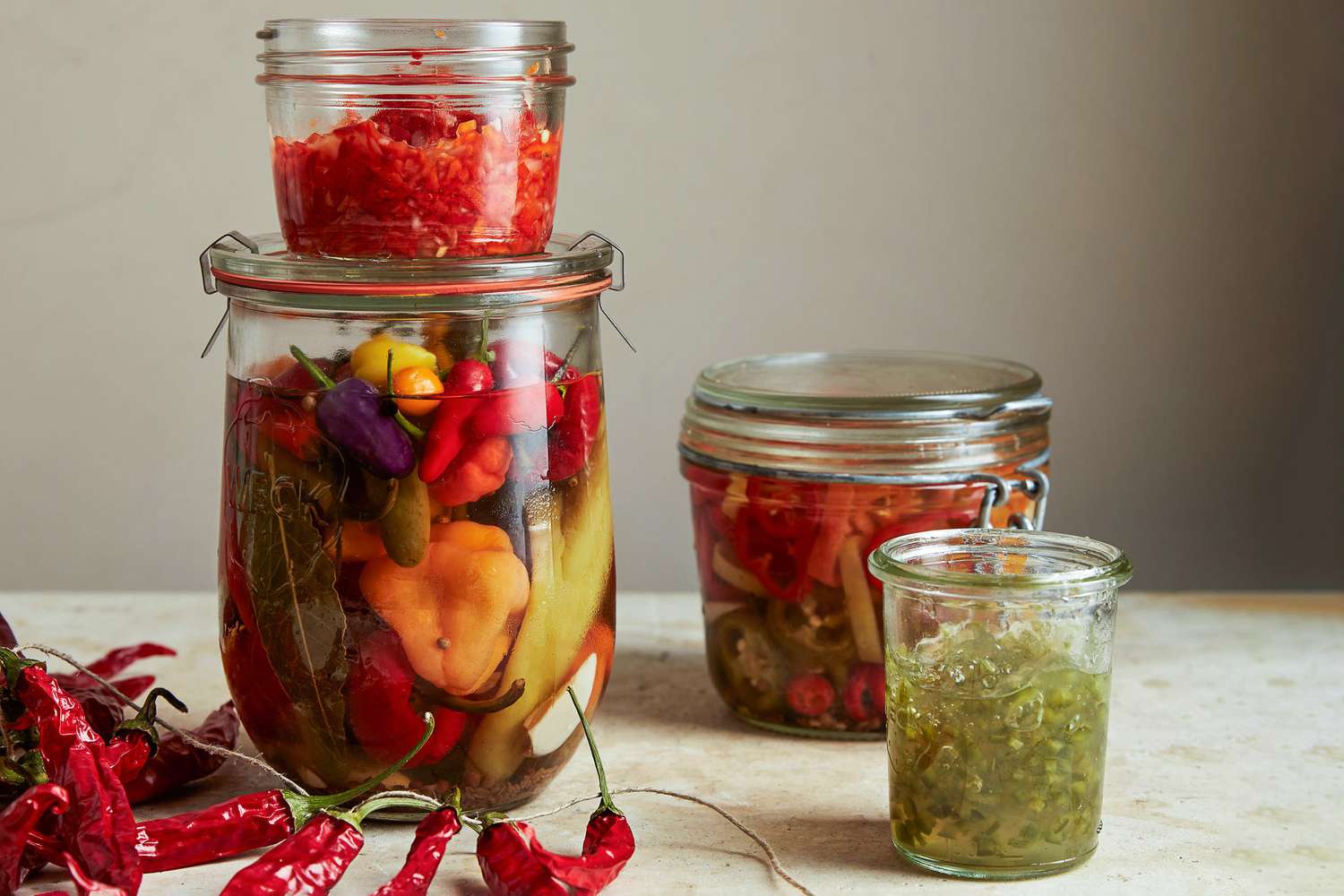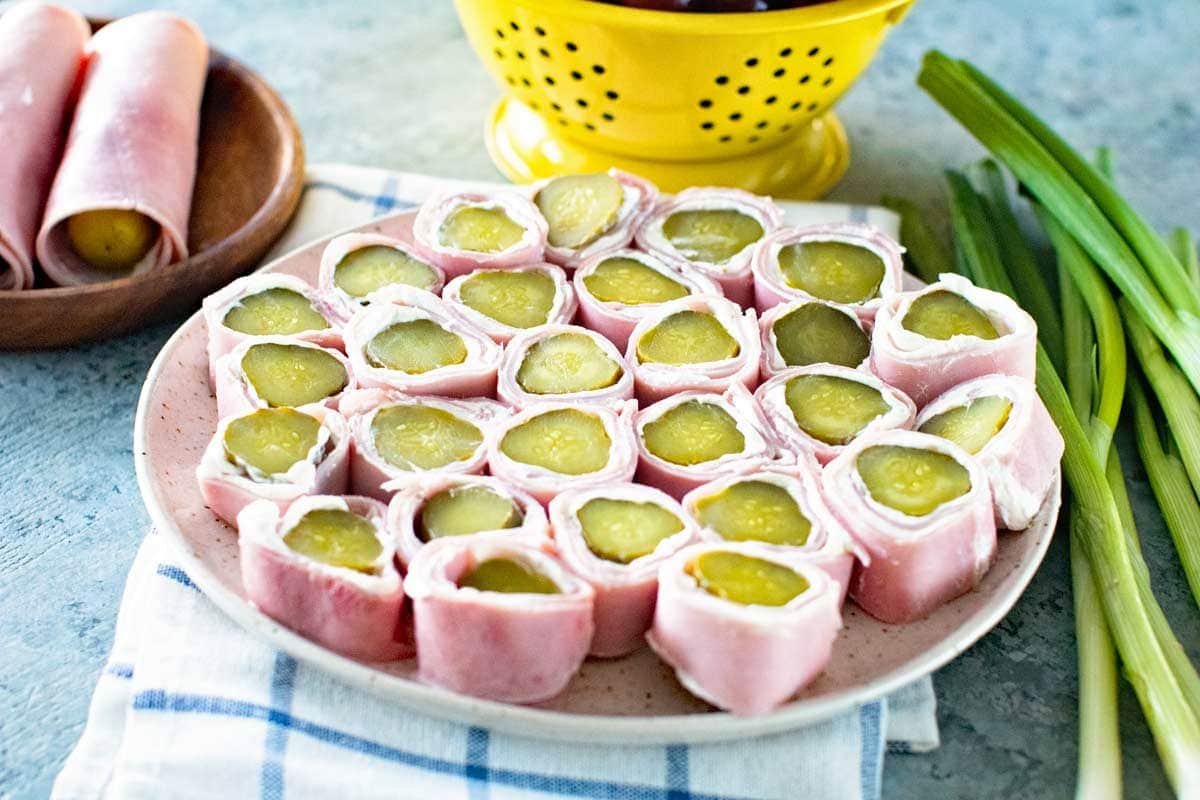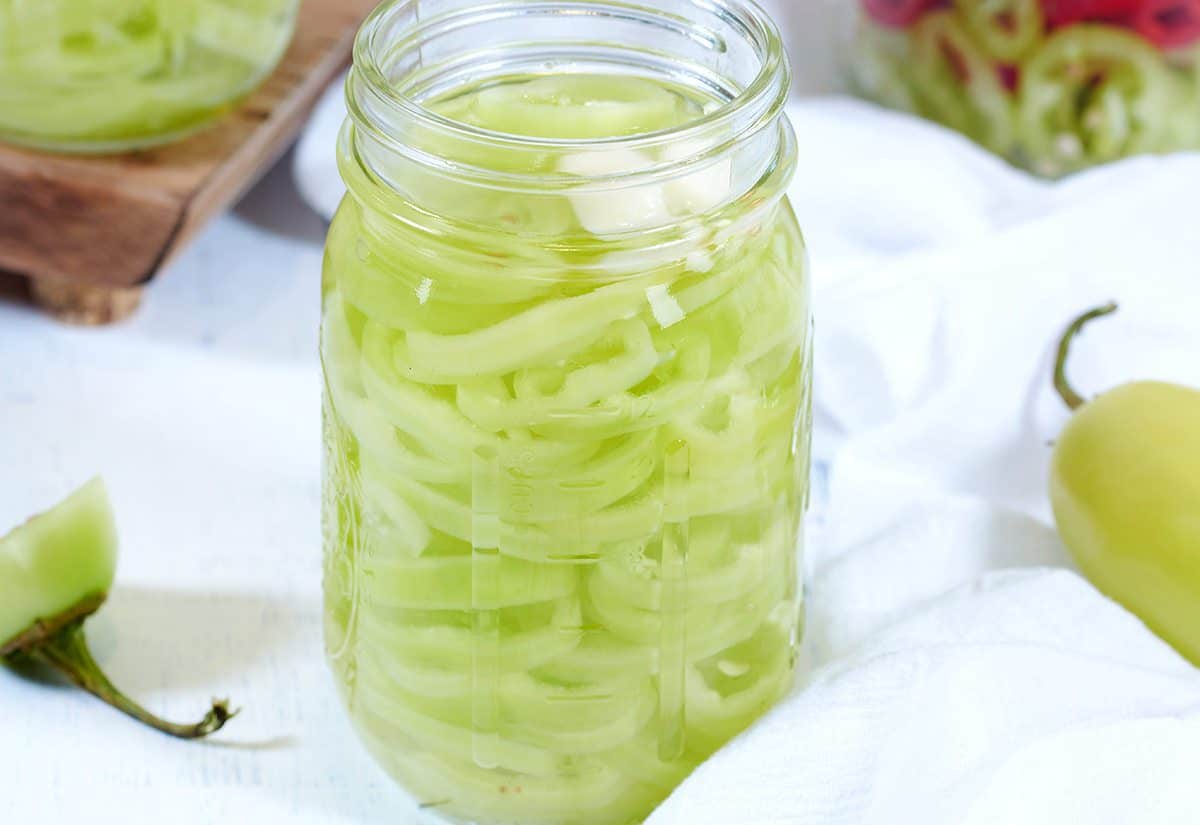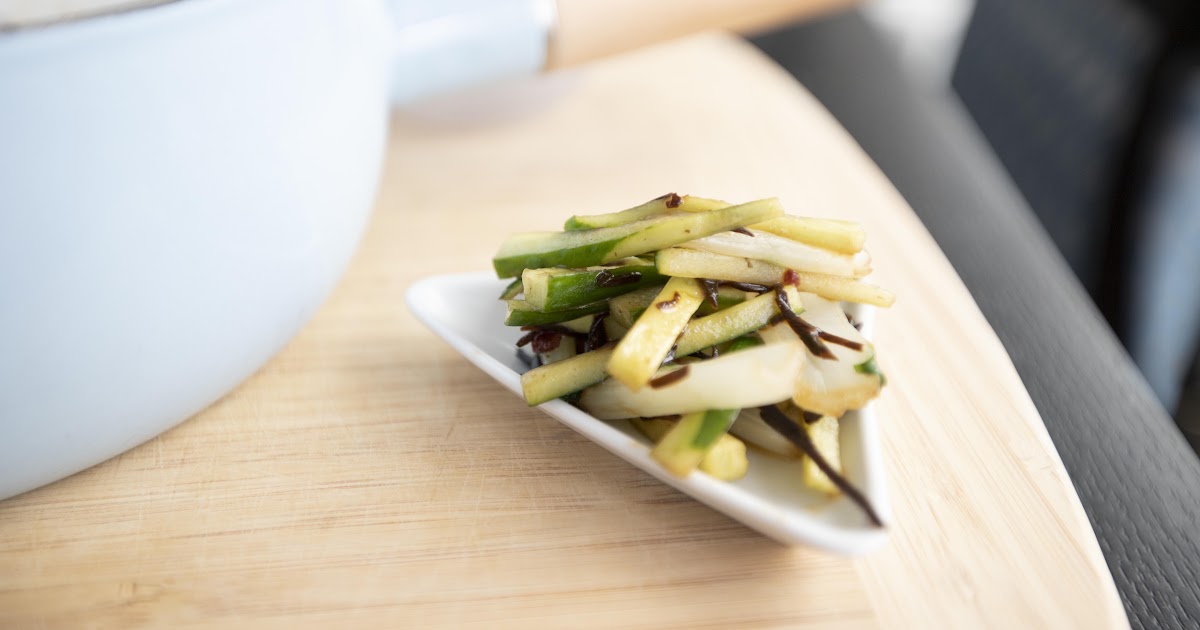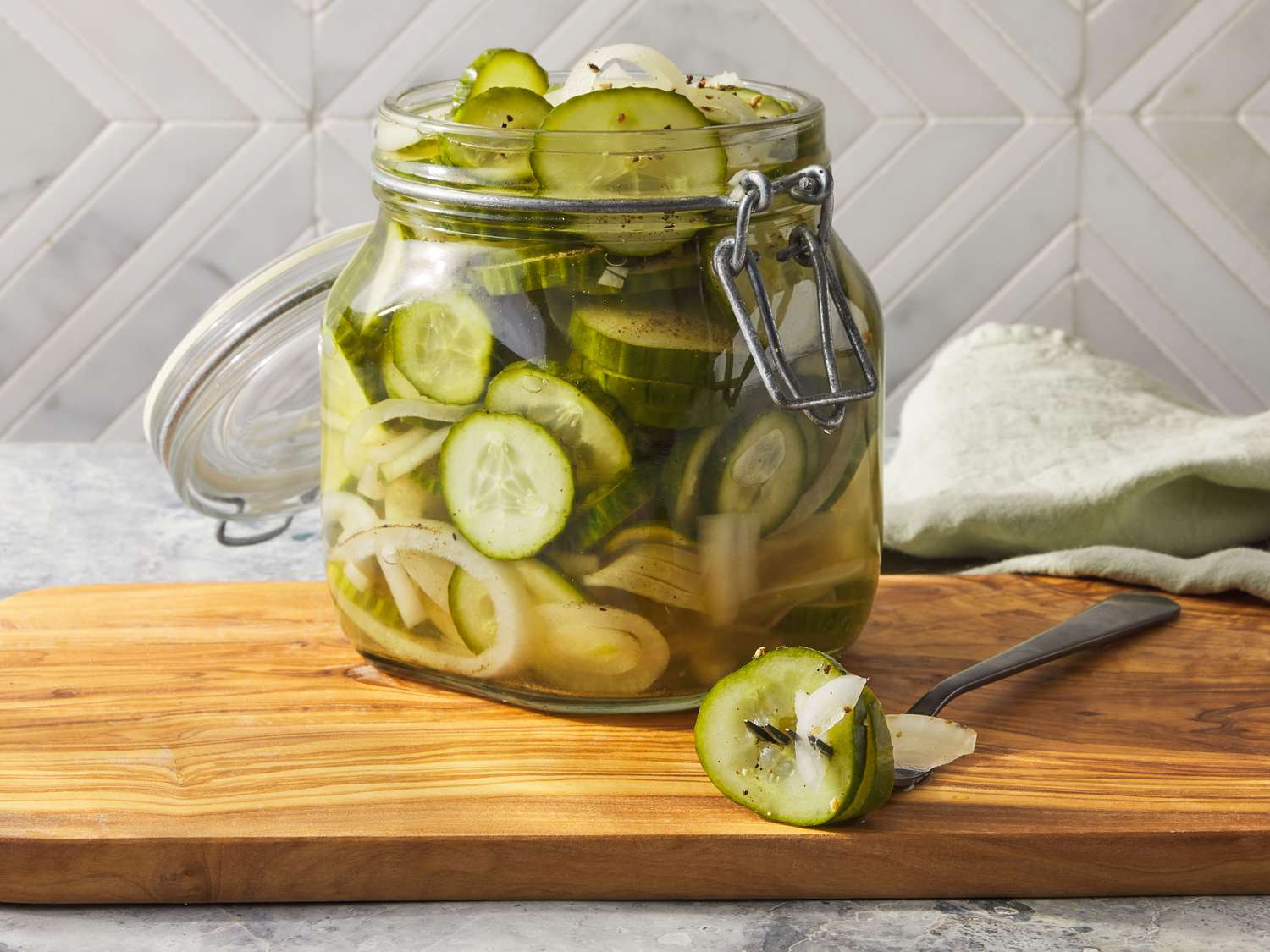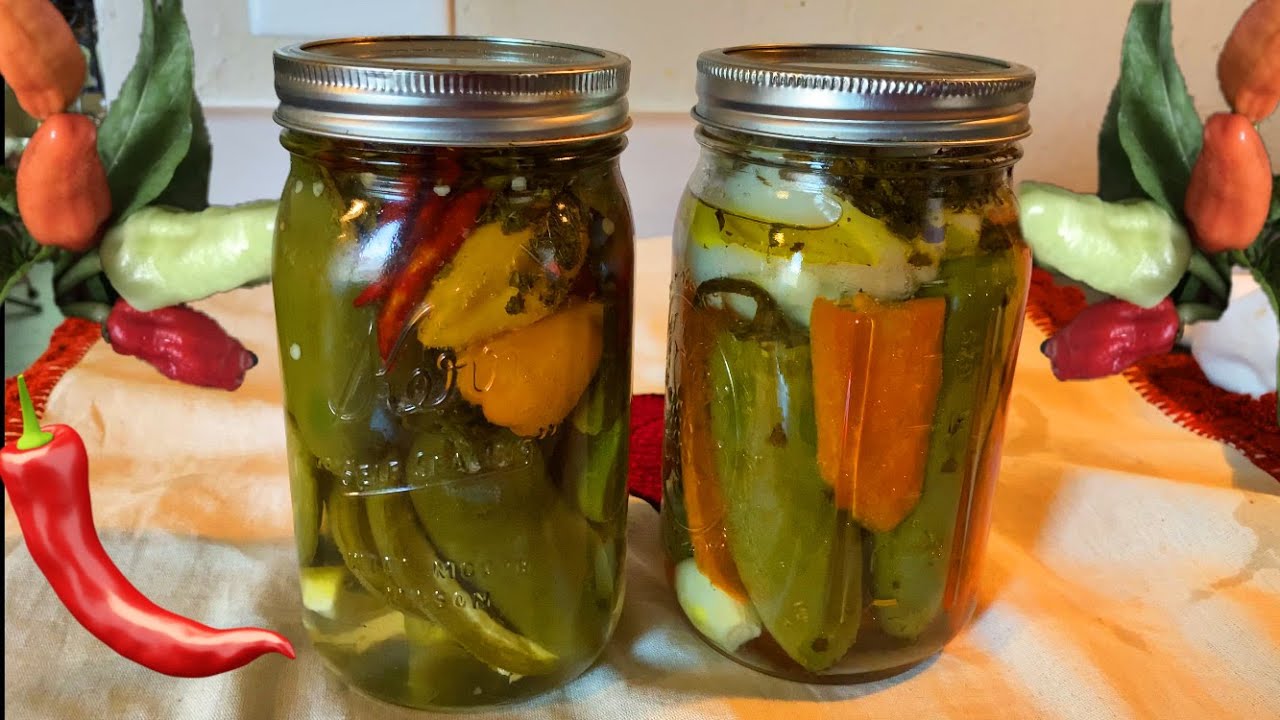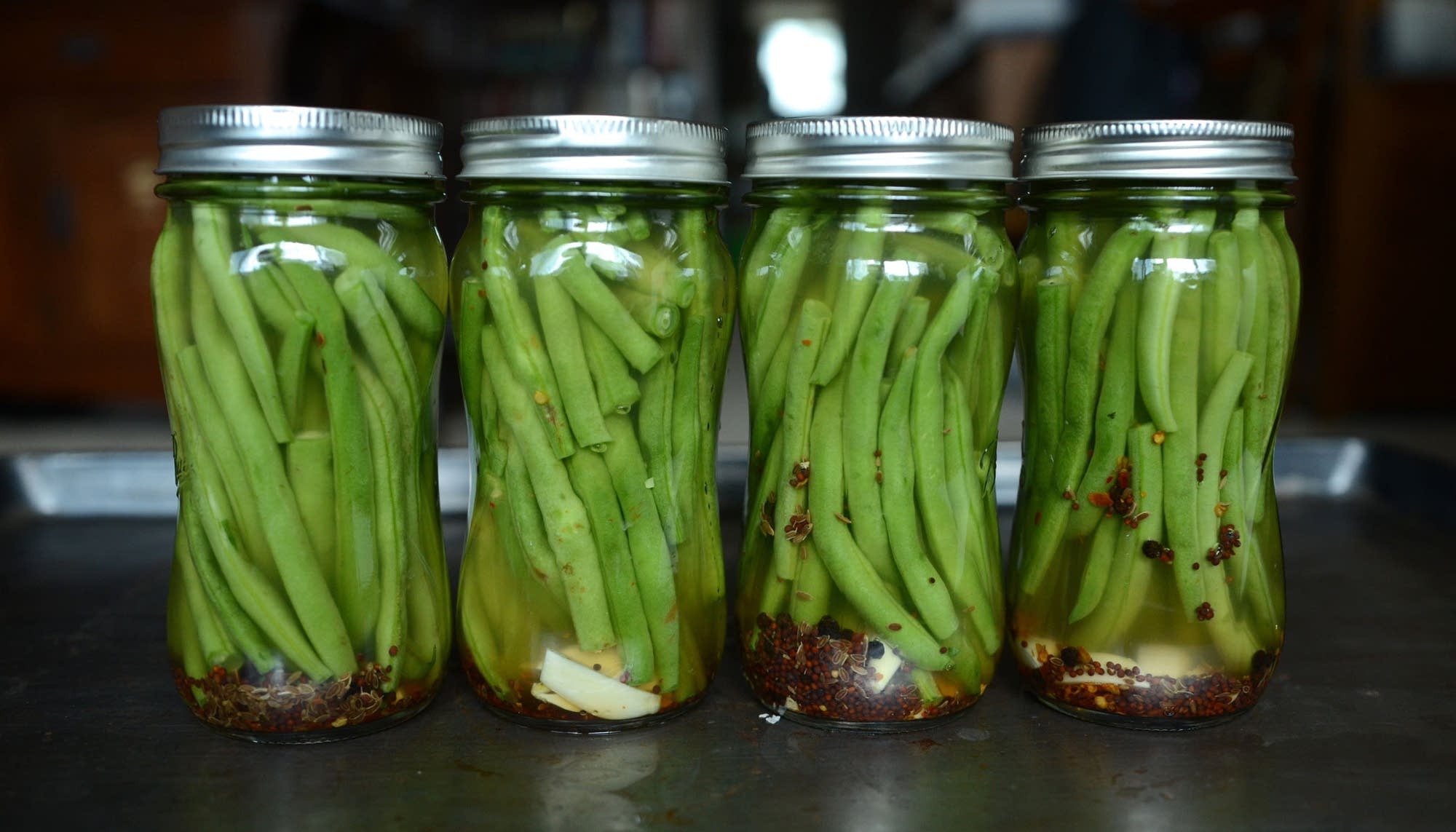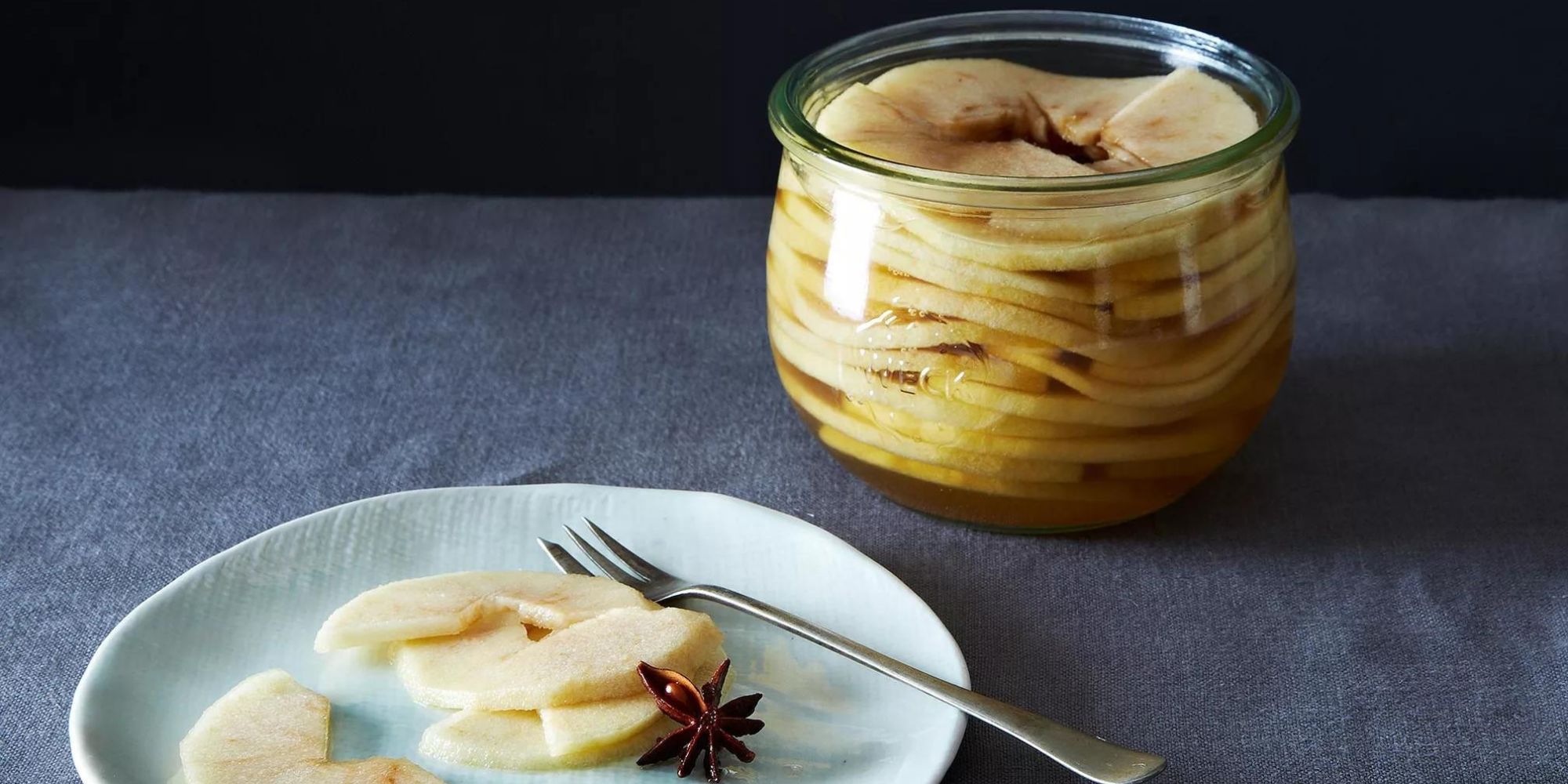How to Pickle Mushrooms the Japanese Way
Japanese cuisine is known for its unique flavors and pickled vegetables are a staple in many traditional dishes. Pickled mushrooms, in particular, are a popular ingredient in Japanese cooking, adding a tangy and umami-rich flavor to various dishes. If you’re interested in learning how to pickle mushrooms the Japanese way, you’ve come to the right place. In this guide, we’ll walk you through the steps to create delicious and authentic Japanese pickled mushrooms.
Choosing the Right Mushrooms
When it comes to pickling mushrooms, it’s important to select the right type of mushrooms for the best results. In Japanese pickling, shiitake mushrooms are a popular choice due to their robust flavor and meaty texture. However, you can also experiment with other varieties such as enoki, maitake, or shimeji mushrooms to create unique flavor profiles.
Ensure that the mushrooms are fresh and free from any blemishes or signs of spoilage. It’s best to use small to medium-sized mushrooms for pickling as they will absorb the flavors more effectively.
Ingredients You’ll Need
Before you start pickling, gather the following ingredients:
- Fresh mushrooms of your choice (shiitake, enoki, maitake, or shimeji)
- Rice vinegar
- Soy sauce
- Mirin (sweet rice wine)
- Sugar
- Salt
- Konbu (kelp)
- Fresh ginger (optional)
Step-by-Step Pickling Process
Now, let’s dive into the step-by-step process of pickling mushrooms the Japanese way:
- Clean the mushrooms: Start by gently wiping the mushrooms with a damp cloth to remove any dirt or debris. Trim the stems if necessary, and then pat them dry with a paper towel.
- Prepare the pickling solution: In a saucepan, combine equal parts of rice vinegar and water, along with soy sauce, mirin, sugar, and a pinch of salt. For added flavor, you can also add a small piece of konbu and fresh ginger to the mixture.
- Bring the mixture to a simmer: Heat the pickling solution over medium heat until it comes to a gentle simmer. Allow the flavors to infuse for a few minutes, then remove the mixture from the heat and let it cool to room temperature.
- Marinate the mushrooms: Place the cleaned mushrooms in a clean, sterilized glass jar or container. Pour the cooled pickling solution over the mushrooms, ensuring that they are completely submerged.
- Refrigerate and wait: Seal the jar or container and place it in the refrigerator. Allow the mushrooms to pickle for at least 24 hours to develop their flavor. The longer they sit, the more intense the flavor will become.
Enjoying Japanese Pickled Mushrooms
Once your mushrooms have finished pickling, you can enjoy them in a variety of ways. They make a delicious addition to bento boxes, sushi rolls, noodle dishes, and salads. The tangy and savory flavor of the pickled mushrooms adds depth to any dish and is sure to impress your family and friends.
Now that you’ve learned how to pickle mushrooms the Japanese way, it’s time to get creative in the kitchen. Experiment with different mushroom varieties and seasoning combinations to create your own unique pickled mushroom recipes. Whether you’re a fan of Japanese cuisine or simply love the idea of adding a burst of flavor to your meals, pickled mushrooms are a delightful and versatile ingredient to have on hand.
So, roll up your sleeves, gather your ingredients, and embark on a culinary adventure as you explore the art of Japanese pickled mushrooms. Your taste buds will thank you!
Was this page helpful?
Read Next: How To Pickle Crisp Jalapenos
BIMS24 Ltd
It’s me, Rezwanul kabir, Research Fellow in China University of Geosciences (wuhan) by CSC Scholarship & Founder of BIMS24Ltd.Company . And I have been a member of London Journalpress and Fellowship of social science research council at Global journals Inc

